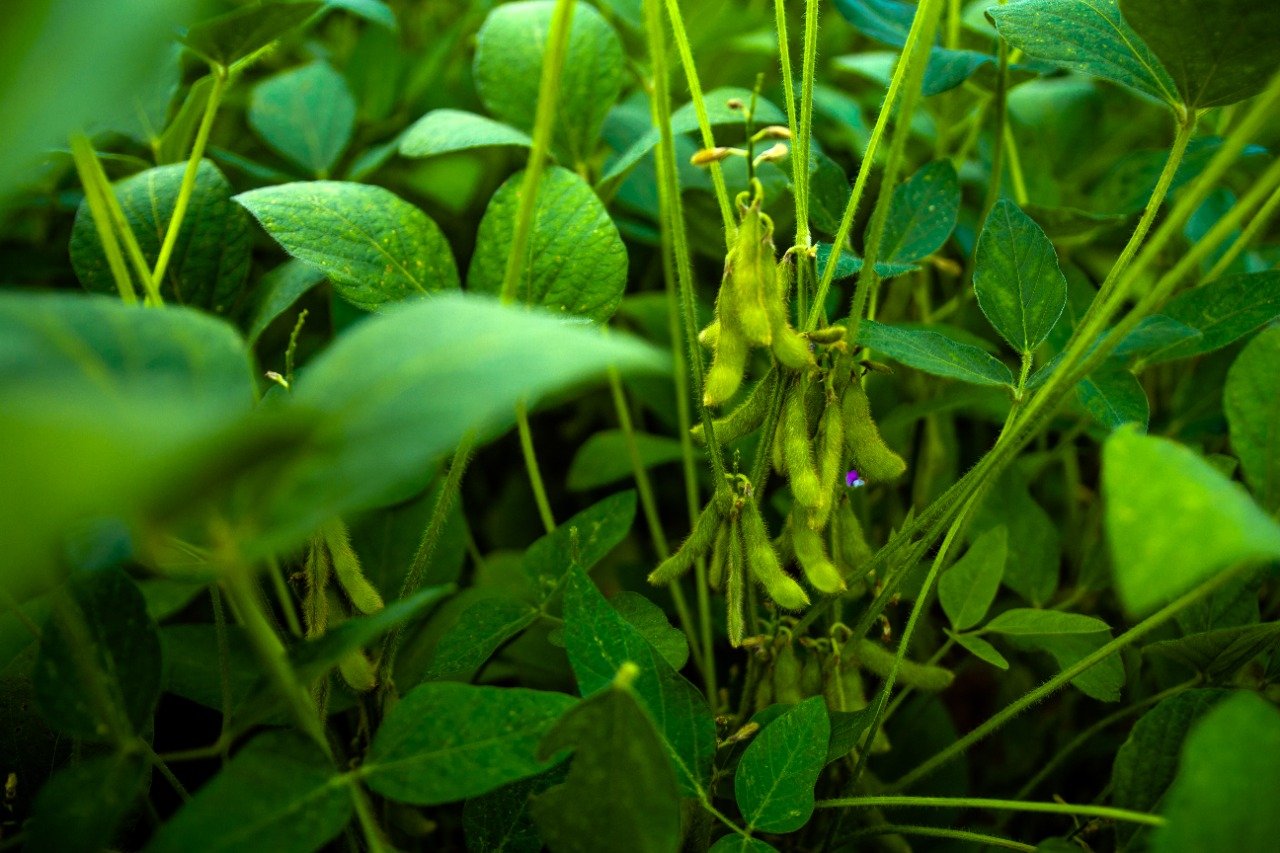Europe and deforestation control in Brazil: can collaboration benefit both sides?
Rodrigo C. A. Lima, partner and director; and Laura Antoniazzi, partner and senior researcher
The world’s growing concern about the loss of tropical forests is due both to their great ecological value and to the greenhouse gas (GHG) emissions from deforestation. With agriculture and land-use sectors causing 22% of global emissions, governments, companies, and society at large realize that curbing deforestation is both possible and desirable. Pressures have been mounting in Europe for decades and recently gained new momentum with the approval of Due Diligence regulations by the European Parliament in 2022.
European markets have always been important for the evolution of socio-environmental considerations in Brazilian agriculture and livestock production. Since colonial times, a major share of Brazil's exports has gone to European countries, and even with the expansion of its markets, 16% of Brazil's exports still go to Europe. Soy exports are at the top of those sales and are often on bargaining tables with European countries and buyers seeking to zero deforestation. Even with the growth of other markets' shares in soy sales, especially China, European industry standards are still very important as a benchmark for Brazilian production. Meeting Europe's standards prepares a country to fulfill the needs of any other market.
In the Amazon, the problem was practically eliminated by the Soy Moratorium signed in 2006. Established under pressure from environmental groups, private companies joined forces with third-sector organizations to prepare and implement the program, also sanctioned by the federal government. An industry association is responsible for the system's monitoring and transparency costs. Although there is still room for improvement, the Amazon Soy Moratorium has been a key force for curbing production in areas deforested after 2008 and has driven the expansion of new farms into the Cerrado, especially the states of Maranhão, Tocantins, Piauí, and Bahia (the region known as Matopiba). It was not possible to reach a similar agreement in this biome in recent years, due to disagreements between the private sector and environmental organizations, as well as a lack of concern in the government. Debates still persist on how to reconcile more production in Matopiba’s agricultural frontiers with the need to reduce deforestation, which cleared 13 million hectares there between 2001 and 2020.
Europe's new rules mean that no products can be bought from areas deforested after 2021, which means zero deforestation, even in areas that were cleared legally. The new law has many impacts and entails issues that must be addressed by landowners, industries, and governments, and that require support from researchers and civil society in order to achieve compliance. Bringing all the socio-economic benefits of soy exports to terms with the desire to protect the environment is a huge challenge for Brazil's sustainable development and its growing geopolitical role in the world.
One particularly controversial point for the Cerrado is the definition of deforestation, since this biome has significant coverage of non-forest ecosystems, such as grasslands and savannas, which are also ecologically significant. According to the FAO, deforestation means converting forests for other uses, considering forests to be ecosystems with at least 10% canopy cover and 5 meters high. Native Cerrado grasslands would thus be left out of European protection.
Another sticking point is that the rules' acceptance of compliance with relevant environmental laws as an indicator actually creates ambiguity vis-à-vis compliance with Brazil’s Native Vegetation Protection Law, the so-called New Forest Code. Will soy farms be expected to have recovered their Permanent Preservation Areas ("APPs") and recovered or offset their Legal Reserves? How can they ensure compliance with these requirements, when state governments themselves have not yet provided landowners with the legal instruments to do so?
Soy exports are at the top of those sales and are often on bargaining tables with European countries and buyers seeking to zero deforestation. Even with the growth of other markets' shares in soy sales, especially China, European industry standards are still very important as a benchmark for Brazilian production. Meeting Europe's standards prepares a country to fulfill the needs of any other market.
There is no definition of which verification measures will be required nor who will be responsible for which procedures. Thus, the market will have to specify processes and how the costs of verification will be allocated throughout the chain of farmers, industry, exporters, and buyers. It is clear that technological solutions exist, but they will be complex, and sector-wide solutions can also clash with the sharing of sensitive commercial information.
European buyers, faced with the challenge of paying to source their imports with no risk of links to deforestation, may even end up excluding regions and countries with forests. This would have negative socio-economic impacts and simply leave out many farmers, while providing no European support to control or avoid deforestation. Brazil or its Amazonian states could be considered high-risk and, assuming that importers will tend to prefer lower-risk areas, might see all their exports blocked.
Trade relations could be different, though, and favor ongoing improvements in environmental protection while also collaborating with Brazil's development, especially in its agricultural frontier regions, which are the poorest. Buying soy from regions that both protect and restore their forests could make a big difference, by generating local income while supporting conservation, truly a global responsibility in times of climate crisis. With the participation of governments and civil society to enhance negotiations between buyers and sellers, and with international collaboration that respects each party’s priorities and challenges, soy markets can become positive vectors for global sustainability.


